STREAM Activity: Pattern Painting
How many patterns can you find around you?
Activity best for children ages 2 and up
Creativity helps us come up with new ideas and ways to problem solve. When creating art, we utilize not only creativity but we also use other processes to help us; one of the processes that we use is the process of observation. When we observe things, we closely watch or notice something in order to learn new information. Many artists observe their environments, colors, shapes and how things look, then try find ways to include it in their art. Observing helps us notice other things, like patterns. A pattern is something that repeats, like stripes or polka dots on our clothes. For today, we will use the process of observation to help get our creative juices flowing and create a Pattern Painting!
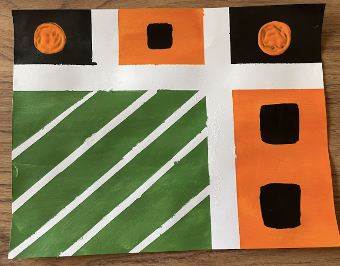
Materials:
Card stock/paper/cardboard/canvas
Painter’s tape
Paint brush
Paint
Guiding Questions:
What kind of patterns can you find around you? Do you see two colors that repeat?
How many parts are there to the patterns you see? Are there 3 colors? 2 shapes?
Do you notice any patterns on any of the clothes you wear?
Directions
Step 1
Observe your home or environment for patterns. Look out for colors, shapes, or numbers that repeat.
*The inspiration for this example was a basket of fruit found in the kitchen. The square pattern of the basket and shape of the fruits were observed.
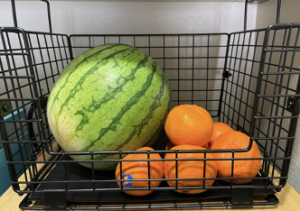
Step 2
Grab your base for your painting (card stock, paper, cardboard, or canvas). Add your painter’s tape across your base in any direction you’d like. Add a few more strips of tape on top of and across ones that are already stuck to the paper. You can also use the tape to help you distinguish patterns in your art.
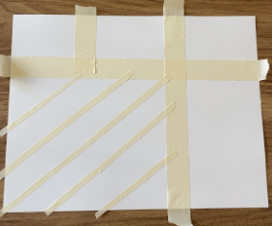
Step 3
Paint the blank spaces with colors of your choice.
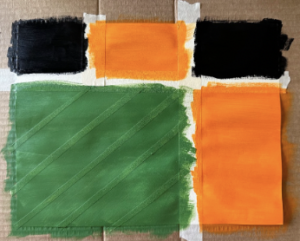
Step 4
Carefully remove the tape from the paper.
*It helps to remove the tape from the top to bottom to avoid ripping your paper.
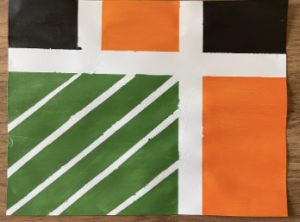
Step 5
Give the paint about 30 minutes to dry. Then, you can add additional details to your spaces, like shapes.
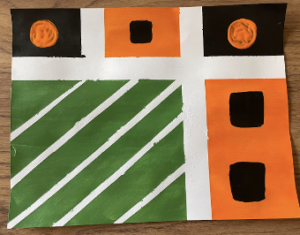
Grown Ups-Are you looking for more ways to extend your child’s learning? Check out these extension activities to build upon today’s STREAM activity!
Reading Connections
“Pitter Pattern” by Joyce Hesselberth
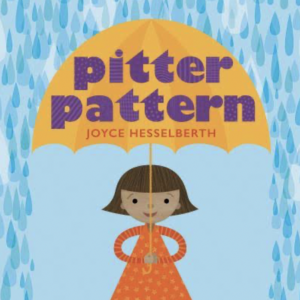
Real World Connections
Observation skills help scientists notice things like patterns. While scientific patterns may not always look like certain shapes repeating itself, sometimes important scientific results come out in the form of number patterns or even behavioral patterns, like observing when animals wake up and go to sleep.
Share your Pattern Painting with us on Instagram by tagging @sdcdm320!
Questions about this activity? Email education@sdcdm.org

